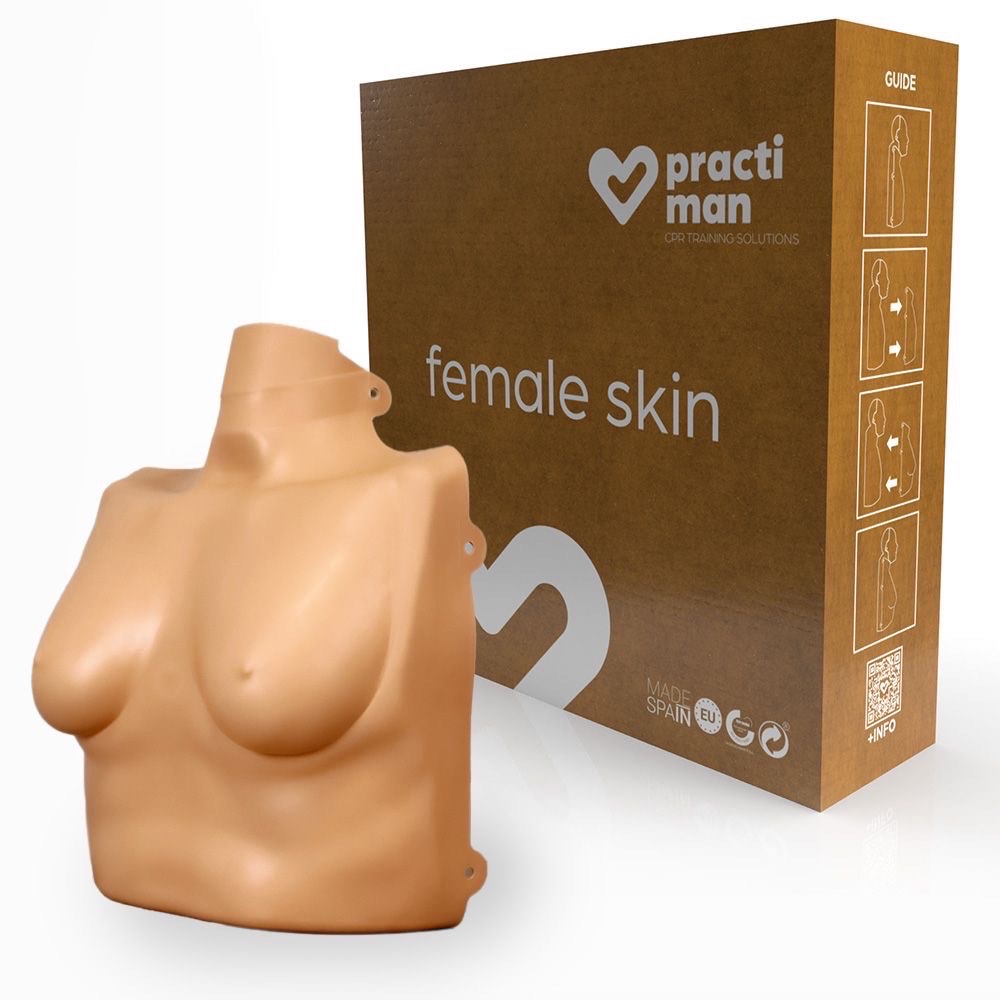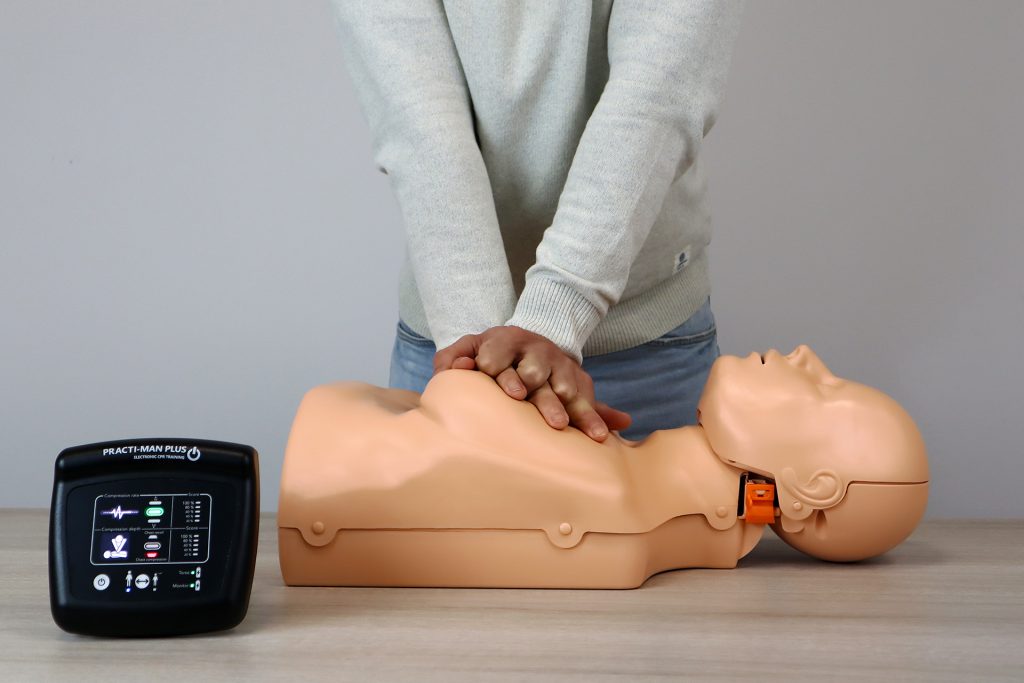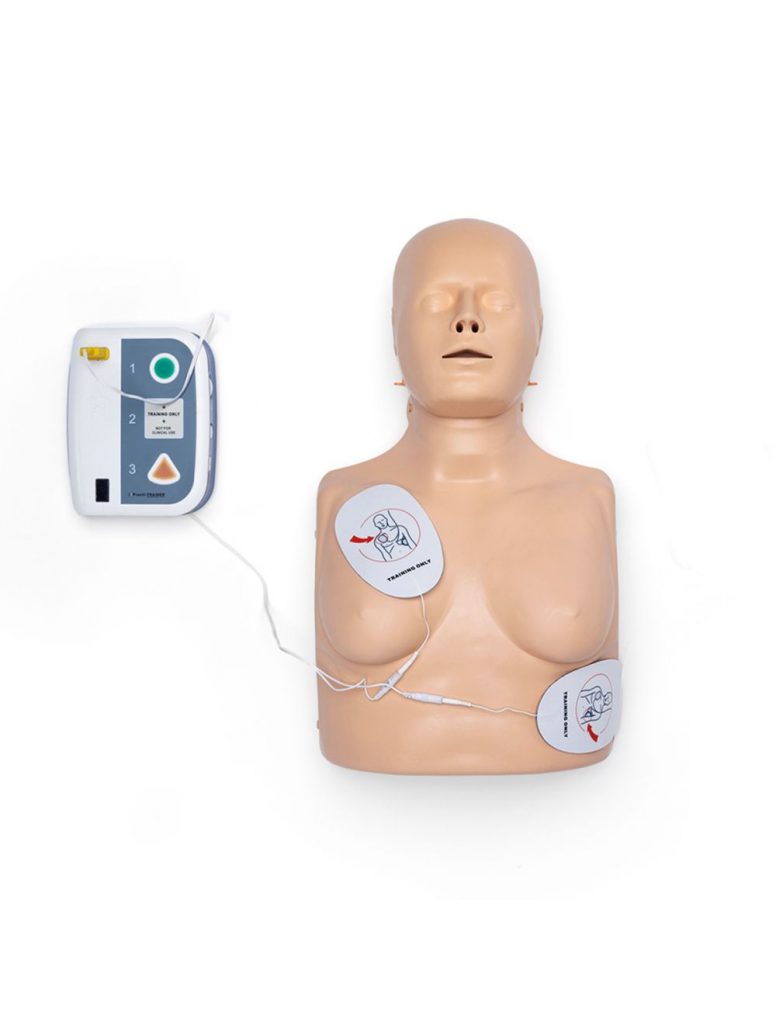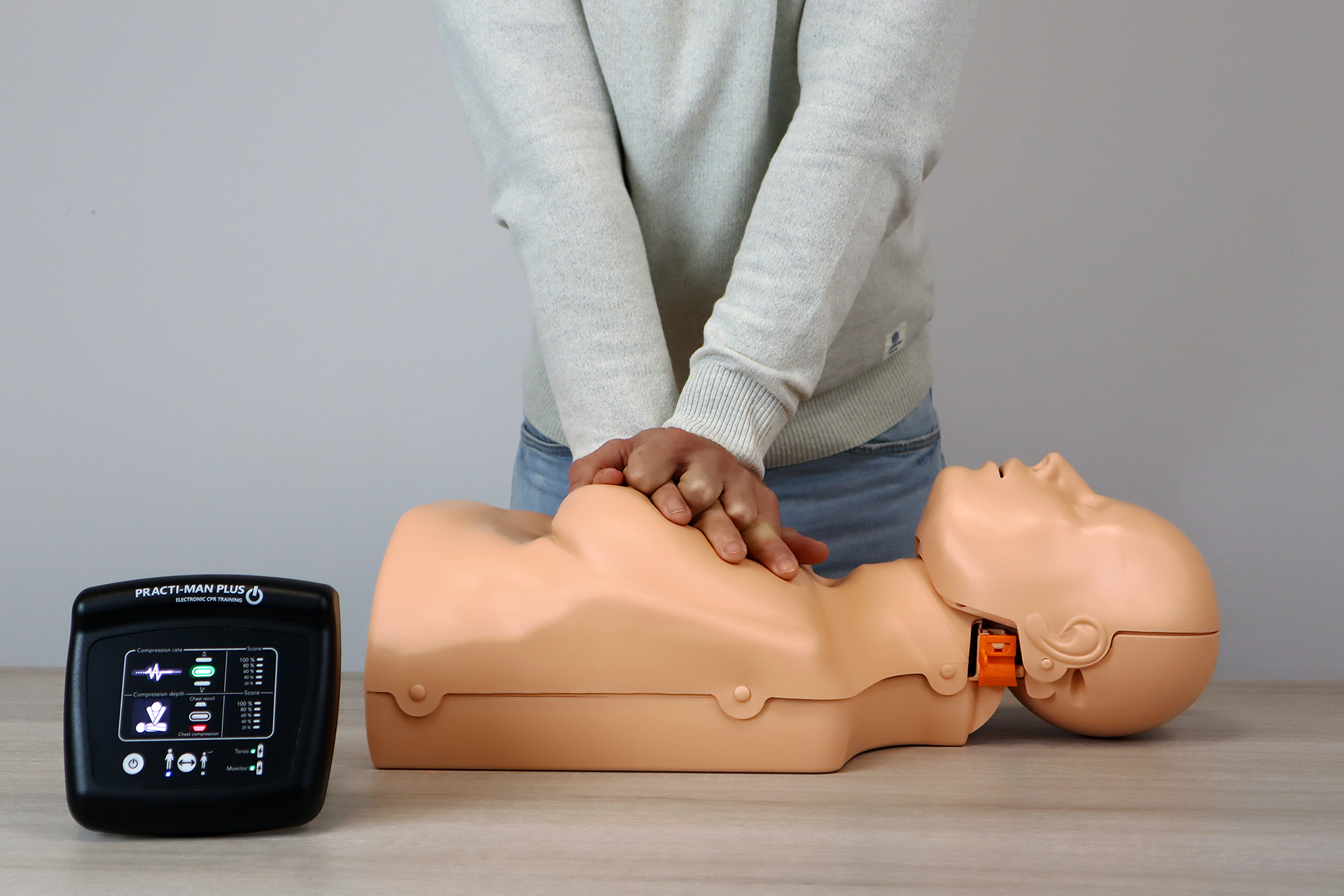A woman has less chance of surviving a sudden cardiac arrest in a public place. Here you will find the reason why and a possible solution.
Thanks to first aid education, today we are much more likely to survive a sudden cardiac event than we were decades ago. But not if you’re a woman. If you suffer cardiac arrest in a public place, and you are a woman, your chances of surviving CPR performed by bystanders are 23% lower than a man (1).
According to a study by the AHA (American Heart Association) (2), this happens because potential rescuers, even if they are not fully aware of it, are held back by fears and prejudices: from the fear of causing injury to being sued for harassment. There are many barriers that prevent women from being helped when they need it most. Besides these preconceptions, the false myths according to which women are less prone to cardiovascular disease than men continue to persist (3).

But how can these obstacles be overcome and the survival rate of women affected by cardiac arrest improved? By way of a more inclusive CPR training, which takes into account the anatomical characteristics of the female body. Currently, most CPR simulators feature a male torso. How many of you have practiced on a manikin with breasts? And how many have trained on a man’s chest instead? The difference between the two groups is abysmal, we know it, but precisely for this reason it is essential to find solutions capable of accommodating diversity and making simulation more realistic. One of these is Female Skin by PractiMan (distributed in Italy by SoFraPa).
Female Skin is compatible with all PractiMan BLS adult/pediatric manikins, which thus offer the possibility of carrying out three types of training (male, female, child). In addition, Female Skin can be easily applied and fits over size II – S bras, to increase the realism and effectiveness of CPR training.

CPR maneuvers are in fact an indispensable skill to train, both for professional and occasional rescuers. Training is the key to spreading this life-saving practice, and it is also the main aim of Vicedo Martí, the Spanish company that manufactures the PractiMan range.
Vicedo Martí has been developing and producing CPR training simulators since 2009, the year in which the collaboration with the Bjorn Steiger Foundation began, a German institution created with the intention of spreading the practice of life-saving maneuvers, especially in schools. The goal of the Foundation (created by the parents of Bjorn Steiger, an 8-year-old boy who died in 1969, following a delay in relief efforts after being the victim of an accident) was to train one million German students in CPR, and they succeeded thanks to the first PractiMan manikins supplied by Vicedo Martí.

Just a few months ago, Vicedo Martí announced its partnership with WorldPoint ECC, the main distributor of CPR simulators and courses in the United States, as well as exclusive partner of the American Heart Association. The fruit of this synergy has been the development of innovative products such as CPR Taylor, a manikin in which the skin for the female chest is an integrated component of the product, not an extra. According to Elena Vázquez, director of exports at Vicedo Martí, «in these situations the norm is to practice with male manikins, however it is also important to take into account the physiognomy of women». This is the focus that has led the company to create solutions such as Female Skin and distribute them in more than 50 countries around the world.
The need to renew the standards and move beyond habits in CPR training is clear. Nowadays, there are more and more companies that drive progress towards greater diversity and inclusion in medical care, such as Vicedo Martí and SoFraPa, and which allow better care and survival rates for any type of patient.
- Blewer AL, McGovern SK, Schmicker RH, May S, Morrison LJ, Aufderheide TP, Daya M, Idris AH, Callaway CW, Kudenchuk PJ, Vilke GM, Abella BS; Resuscitation Outcomes Consortium (ROC) Investigators. Gender disparities among adult recipients of bystander cardiopulmonary resuscitation in the public.Circ Cardiovasc Qual Outcomes. 2018; 11:e004710
- American Heart Association, 2020. Go red for women. Women need CPR, too! https://www.goredforwomen.org/en/about-heart-disease-in-women/facts/cpr-and-women
- Perman SM et Al. Public Perceptions on Why Women Receive Less Bystander Cardiopulmonary Resuscitation Than Men in Out-of-Hospital Cardiac Arrest. Circulation. 2019;139:1060–1068
READ ALSO






























